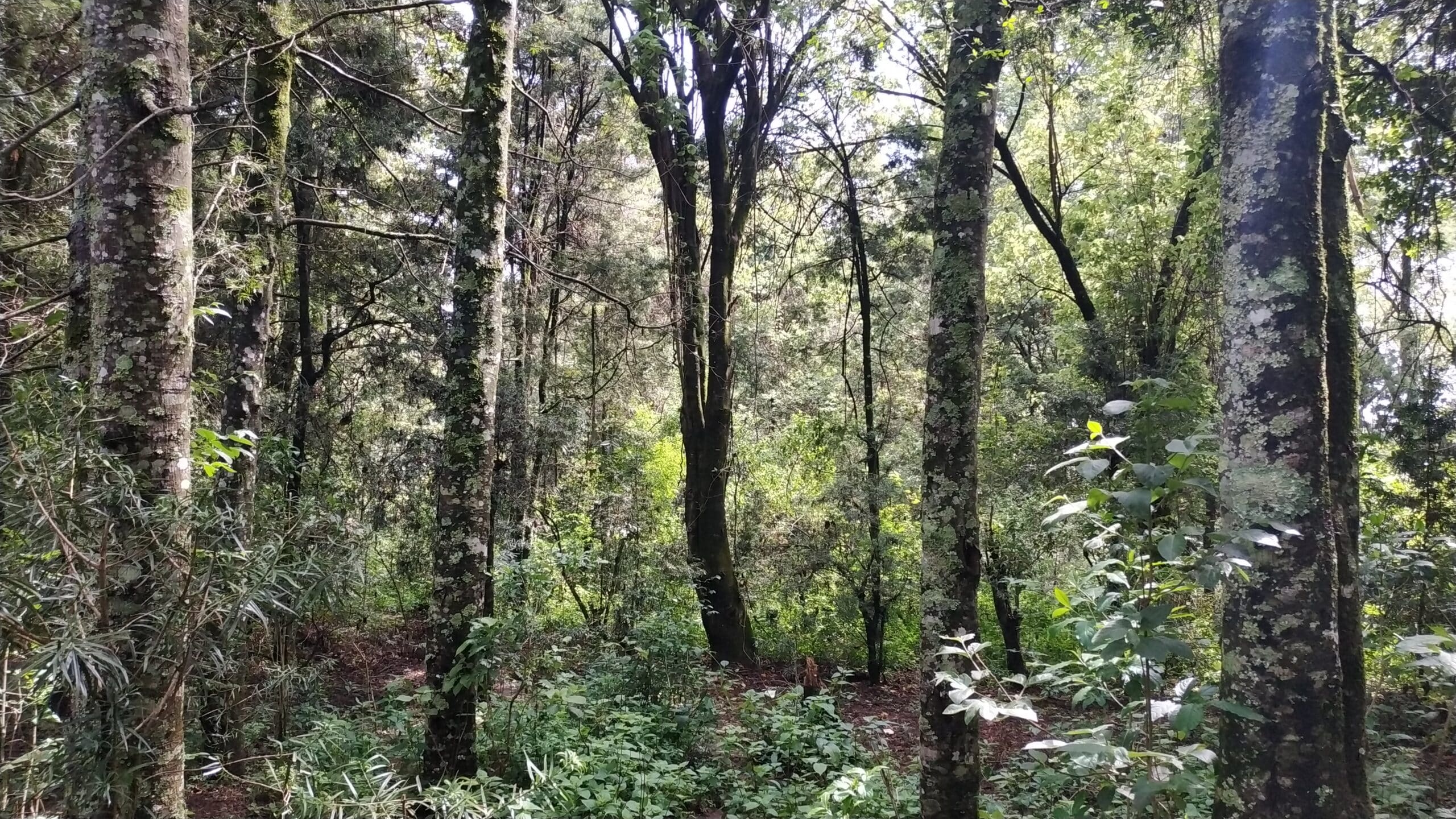Workshop ‘Wildlife-livestock interfaces in northern Botswana’
Venue: Maun Lodge
Date: 2nd of December 2024
Abstract: The wildlife-livestock interface is an ecological concept that describes the spatial dimension of encounters between wild and domestic animals (Kock, 2005; Vicente, Vercauteren, & Gortázar, 2021). Such encounters are either direct or sympatric through shared pasture and are often considered conflictual: wild predators commonly depredate on livestock, wild grazers compete with domestic grazers for resources, and both transmit diseases to each other (du Toit, Cross, & Valeix, 2017). Mediating these relations are the interfaces, which can be arranged in different ways. There are interfaces that are open, focal, patchy, buffered and fenced, among other arrangements (Bengis, Kock, & Fischer, 2002; Kock, Kock, de Garine-Wichatitsky, Chardonnet, & Caron, 2014). As such, wildlife-livestock interfaces determine the possibility, mode and location of wildlife-livestock encounters, aligning with dominant human interests (Van Dam et al., 2024).
In northern Botswana, various arrangements of the wildlife-livestock interface can be found. The Ngamiland and Chobe districts are home to large populations of both wildlife and livestock animals, and communal land commonly borders on wildlife management areas, game reserves and national parks. In some of these borderlands, the wildlife-livestock interface is open or patchy, whereas in others, boreholes and other water sources constitute focal sites of encounter. Importantly, in many places fences have been erected to separate the two types of animals (both for sanitary and conservation purposes). Furthermore, bush clearing for tsetse control in the past and other developments today arranged the wildlife-livestock interface in the form of buffer zones. Finally, in some areas the strategy of herding livestock constitutes an important way in which the wildlife-livestock interface is arranged (Heermans, 2022).
This workshop aims to bring together scholars and practitioners in the region to stimulate a discussion on the role of the wildlife-livestock interface in shaping multispecies encounters. Questions include: how have the interfaces in northern Botswana come into being historically? What effects do the various interfaces in northern Botswana have on wildlife, livestock, people and their inter-relations? Who gains and who loses? How are interfaces currently (re)configured as part of various spatial developments? And how do different interfaces shape the possibilities for wildlife-livestock coexistence? By foregrounding the role of the interface itself, the workshop aims to promote reflections on past, present and future arrangements. More than just a given spatial setting, in this perspective, wildlife-livestock interfaces are crucial sites of intervention and management.
Author information
Please send your abstract (max 300 words) to wisse.vanengelen@uni-koeln.de before the 20th of September.
Organizers:
Wisse van Engelen Department of Social and Cultural Anthropology University of Cologne wisse.vanengelen@uni-koeln.de
Dr. Nlingisisi Babayani Okavango Research Institute University of Botswana NBabayani@ub.ac.bw
Hosts:
Rewilding the Anthropocene A European Research Council Advanced Grant www.rewilding.de
Okavango Research Institute https://www.ori.ub.bw/
References:
Bengis, R., Kock, R., & Fischer, J. (2002). Infectious animal diseases: the wildlife/livestock interface. Revue scientifique et technique (International Office of Epizootics), 21(1), 53-65.
du Toit, J. T., Cross, P. C., & Valeix, M. (2017). Managing the livestock–wildlife interface on rangelands. In D. D. Briske (Ed.), Rangeland systems: processes, management and challenges (pp. 395-425). Cham: Springer.
Heermans, B. (2022). A One Health assessment of a Herding for Health project at the wildlife-livestock interface in western Ngamiland, Botswana. (PhD thesis). University of Pretoria, Pretoria.
Kock, R. (2005). What is this infamous “wildlife/livestock disease interface?” A review of current knowledge for the African continent. In S. A. Osofsky, S. Cleaveland, W. Karesh, M. Kock, P. J. Nyhus, L. Starr, & A. Yang (Eds.), Conservation and development interventions at the wildlife/livestock interface: implications for wildlife, livestock and human health (pp. 1-13). Gland: IUCN.
Kock, R., Kock, M., de Garine-Wichatitsky, M., Chardonnet, P., & Caron, A. (2014). Livestock and buffalo (Syncerus caffer) interfaces in Africa: ecology of disease transmission and implications for conservation and development. In M. Melletti & J. Burton (Eds.), Ecology, Evolution and Behaviour of Wild Cattle Implication for Conservation (pp. 431-445). Cambridge, UK: Cambridge University Press.
Van Dam, A., Van Engelen, W., Müller-Mahn, D., Agha, S., Junglen, S., Borgemeister, C., & Bollig, M. (2024). Complexities of multispecies coexistence: Animal diseases and diverging modes of ordering at the wildlife–livestock interface in Southern Africa. Environment and Planning E: Nature and Space, 7(1), 353-374.
Vicente, J., Vercauteren, K. C., & Gortázar, C. (2021). Diseases at the wildlife-livestock interface: research and perspectives in a changing world. Cham, Switzerland: Springer Cham.









